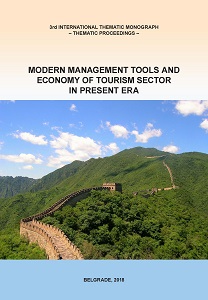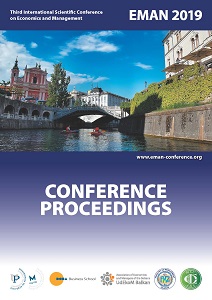THE STATIC AND DYNAMIC EFFECTS OF EUROPEAN INTEGRATION
Author(s): Witold Missalla / Language(s): English
/ Publication Year: 0
Keywords: International integrations;European Market;innovation;technology;
The Single European Market is one of the principal achievements of post-war Western European integration. The SEM is perceived as reference point of the whole European Union. In addition, all its members have to obey Union’s rules (Mercado et al, 2001). In March 1988 Paolo Cecchini was trying to estimate gains from the single market. Although his studies of integration were concerned with static and dynamic benefits from the common market, they were not very precise (El-Agraa, 2007). The greatest benefit of Single European Market can be found not in its once-off effect on resource allocation, but rather its dynamic effects: more innovation, faster productivity gains, greater investment and higher output growth (Baldwin, 1989). Especially innovation, which can be broadly divided into product and process development, is the key factor in the economic history of capitalist society (Rugman and Collinson, 2009). The new markets attract new investments and the entry of established and new companies (Piggott and Cook, 2006). According to Dent, “economists have established the concept of ‘technological accumulation’ whereby the technological advantage of countries, regions and firms is maintained by a so called ‘snowball’ effect” (1996:304). Consequently, economists assume that the growth of knowledge depends on future technological development. Unfortunately, there is a strong correlation between Europe’s recent low levels of economic growth and its technological performance compared to its rivals (Dent, 1996). The dynamic factors of Single European Market have a stronger impact on members of the European Union than the static effects of trade creation and diversion. The European integration can result in greater competitiveness between companies. They have to become more efficient in order to survive the increasingly competitive environment (Atkinson and Miller, 1998). Certainly, “all firms face more competition from other firms in their national market, but at the same time they have better access to the other EU markets” (Baldwin and Wyplosz, 2009:205). Furthermore, Europe’s weaker firms will merge or get bought up as a result of industrial restructure. Thus, bigger enterprises will be able to compete more successfully in the global markets (Baldwin and Wyplosz, 2009). All things considered, Cecchini Report underestimated economic gains from the Single European Market by taking into account mainly static effects of integration, whereas Baldwin suggested that the medium- run growth effect could roughly double the Cecchini estimates (Baldwin, 1989). As Mercado stated, “the single market is not a static concept but an ongoing process” (2001:116). As a result, of the European integration previously regulated and protected national markets have become more international in character, where more efficient companies are able to exploit the economies of scale and compete more effectively in world markets, selling products to countries outside the EU (Atkinson and Miller, 1998). However, in order to maintain competitiveness especially compared to the United States, the European Union must put more emphasis on the investment in new technology (Piggott and Cook, 2006). The technology is crucial to all strategies that aim improve corporate or economic performance (Dent, 1997). Finally, “the technological capability of firms, countries and regions is determined by their ability to generate, absorb and adapt to new technologies and innovatory processes” (Dent, 1997:305).
More...


